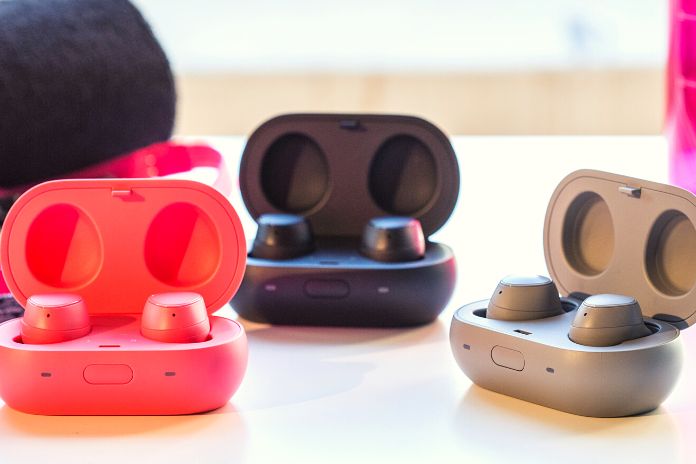These devices look like simple headsets, but they are small computers that use artificial intelligence: what are wearables, and how to use them? In an increasingly technological world, the applications of technology itself have no limits. In recent decades, wearables have become increasingly popular. These are smart electronic devices that users can wear and allow them to perform various activities. From the tracking of some biometric data to the tracking functions related to GPS, up to the possibility of making payments without even taking out your wallet. Hearables are attracting the attention of more and more users.
Those devices are worn like earphones. These devices are worn in the ear but are much more than just in-ear headphones: they are real microcomputers with a microphone. Hearables amplify sounds. Indeed, they improve them. Thanks to artificial intelligence, they can translate content from another language into their practice in real-time and record sounds and conversations. Using an Internet connection, users can access any content anywhere, for example, by listening to lectures and podcasts while waiting for the train, without using a smartphone or PC. Thanks to the hearables, the screen can no longer be a distraction. People will be able to look away and have their hands free simultaneously.
What Are Hearables, And Why Are They Different From Earphones
Hearables are wireless smart micro computers that use artificial intelligence. These devices can connect to the Internet and are designed to be worn like small silicone or memory foam headphones. Hearable consists of speakers and microphones to offer the user a 360-degree experience. All hardware components work with powerful software capable of analyzing the sounds of the environment and amplifying them through a customized algorithm that allows the user to hear and hear the sounds more clearly.
The use of hearables could be compared to prescription glasses. They are extra practical support that can help manage situations in which a computer cannot be used, the noises of the external environment are excessive, and the user needs to have his hands free to perform other activities in parallel, such as happens to workers in factories.
What Are Hearables For
The hearable allows the user to access advanced features through artificial intelligence and an Internet connection. Thanks to the sensors built into the device, the device allows the wearer to listen to music, ask questions as if it were a voice assistant, monitor physical activity, and even the frequency you speak with someone during the day. The hearable is capable of translating conversations into another language, as well as understanding if the user has fallen. In that case, the individual’s close contacts will be automatically notified.
Many of these devices can connect with the smartphone and offer specific and additional functionalities using complementary mobile applications. Most apps allow you to adjust settings like volume, directional focus, active noise cancellation and set specific hearing profiles based on location. Hearables can also be used as personal devices to amplify sound and reduce external noise, but that’s not their primary goal. However, they remain a good choice for individuals who begin to perceive mild hearing problems.
The Applications Of Hearables
The applications for these new devices within earshot are manifold. A user can use hearables to access a wide range of information, from their physiological condition to their skill level, for example, in a foreign language—one area where they are instrumental in education. Pupils can operate instant replay or record words. This way, even students who struggle to take notes by hand or computer can follow lessons without being distracted and without losing essential information while trying to keep up with the teacher’s words.
Some wearables can understand when and how to offer audio content based on the context and where the user is. In subjects such as foreign languages and music, where the listening part is fundamental, hearables allow you to access content suitable for your level, follow the lessons and evaluate your level of knowledge. In learning a foreign language, it is essential to be transported within the context in which that language is spoken. Thanks to these smart devices, pupils can improve and train their public speaking skills and increase their listening and understanding skills.
The practicality of these devices lies in the possibility of using them anywhere, having access to the Internet, and you can, for example, communicate with colleagues, students, or teachers. Students could talk to the teacher with any questions or suggestions and access specific content using the text-to-speech commands. Using these devices, the lessons do not necessarily have to be frontal. Students can learn new knowledge or take classes recorded as podcasts.
The Importance Of Hearables In The Workplace
Hearables can be a device that can make a difference even in many work contexts. Just think of environments such as production plants or factories. Employees could work by searching for information on the Internet or passing useful commands and instructions without taking their eyes off their tools. In addition, the devices can isolate them from the loud context in which they work, preventing them from hearing the noise caused by all colleagues.
Also Read: How The Gambling Industry Is Using AI For Cybersecurity

